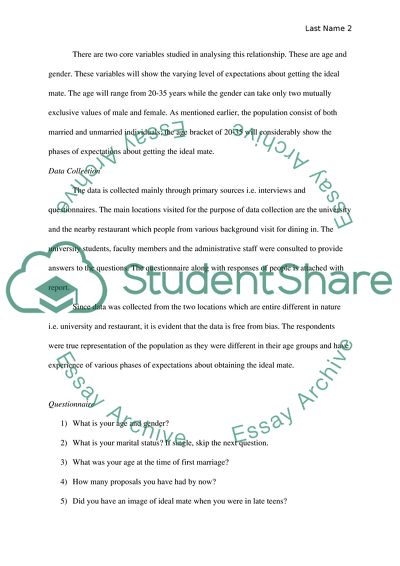Cite this document
(The Relationship between Age Report Example | Topics and Well Written Essays - 2500 words, n.d.)
The Relationship between Age Report Example | Topics and Well Written Essays - 2500 words. https://studentshare.org/statistics/1773959-linear-regression-project-2
The Relationship between Age Report Example | Topics and Well Written Essays - 2500 words. https://studentshare.org/statistics/1773959-linear-regression-project-2
(The Relationship Between Age Report Example | Topics and Well Written Essays - 2500 Words)
The Relationship Between Age Report Example | Topics and Well Written Essays - 2500 Words. https://studentshare.org/statistics/1773959-linear-regression-project-2.
The Relationship Between Age Report Example | Topics and Well Written Essays - 2500 Words. https://studentshare.org/statistics/1773959-linear-regression-project-2.
“The Relationship Between Age Report Example | Topics and Well Written Essays - 2500 Words”. https://studentshare.org/statistics/1773959-linear-regression-project-2.


